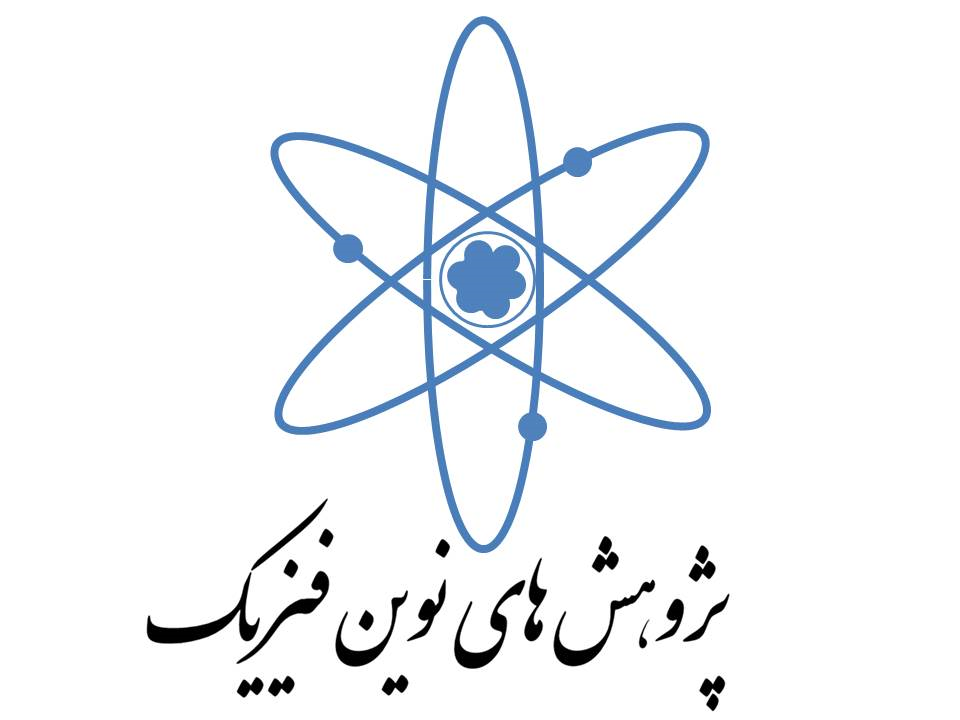
Journal of Modern Research Physics

Volume 7, Issue 2 (3-2023)
JMRPh 2023, 7(2): 56-76 |
Back to browse issues page
Download citation:
BibTeX | RIS | EndNote | Medlars | ProCite | Reference Manager | RefWorks
Send citation to:



BibTeX | RIS | EndNote | Medlars | ProCite | Reference Manager | RefWorks
Send citation to:
Mahmoudloo A. Investigation of the effects of doping and recombination of charge carriers in Polymer Bulk Heterojunction P3HT:PCBM Solar Cells. JMRPh 2023; 7 (2) :56-76
URL: http://jmrph.khu.ac.ir/article-1-201-en.html
URL: http://jmrph.khu.ac.ir/article-1-201-en.html
farhangian university
Abstract: (296 Views)
Properties of charge carriers transport in organic semiconductors depend on the presence and distribution of trap sites. As we know, traps are the result of disorder in polymer molecules and chains caused by physical or chemical impurities in the structure of organic semiconductors. From the point of view of crystal defects that cause changes in energy levels and create an energy gap in the band theory, The transport properties of the charge carriers in these types of systems will also undergo changes, and the most important parameter will be localized or getting trapped in the conduction process. In this paper, we have investigated the effects of basic parameters on the performance of heterojunction organic solar cells as well as charge transfer using different carrier recombination models. In order to simulate these processes, we have studied the basic parameters of bulk organic solar cells with P3HT:PCBM structure by using the self-consistent solution of drift- diffusion equations and Poisson's equation, as well as using different recombination models through the finite element method. We have also investigated the effects of n-type and p-type impurity in the polymers used in a bulk organic solar cell with P3HT:PCBM structure by using the drift-diffusion model and the use of different models presented for the recombination of charge carriers. In most of the presented theoretical models and studies, the active area in organic solar cells is assumed to be intrinsic, while this assumption has some problems for their study and optimization, and the contribution of doping polymers. The studied structure is shown in figure (3). This structure includes the active area with a P3HT:PCBM bulk structure with a thickness of 100 nm.
Keywords: Polymer Solar Cell, drift – diffusion Model, charge Transport, charge Carrier Recombination, geminate Combination
Type of Study: Research |
Subject:
Special
Received: 2021/12/22 | Accepted: 2024/11/23 | Published: 2023/03/11 | ePublished: 2023/03/11
Received: 2021/12/22 | Accepted: 2024/11/23 | Published: 2023/03/11 | ePublished: 2023/03/11
Send email to the article author
| Rights and permissions | |
 |
This work is licensed under a Creative Commons Attribution-NonCommercial 4.0 International License. |


